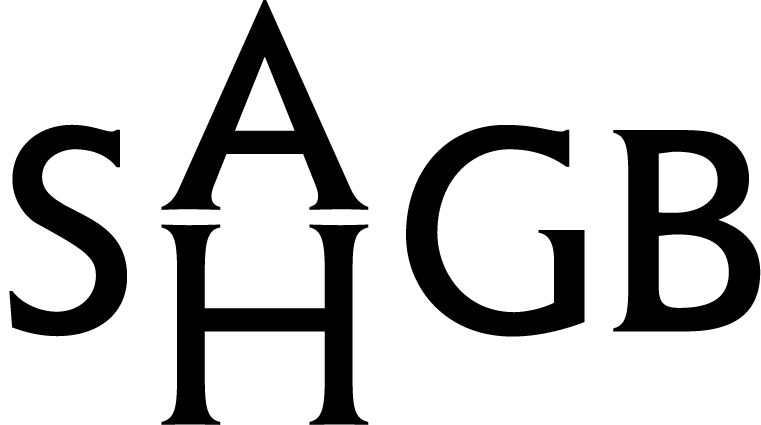New Developments in Dendrochronology and its Impact on the Study of Vernacular Architecture
Call for Papers: Open to 11 September 2023
Conference: 6 - 7 January 2024, Leicester University, College Court
Organisers’ Website: www.vag.org.uk
Call for papers
Vernacular Architecture Group Winter Conference 2024
There have been significant developments in dendrochronological dating over the past 10 years and much of this period has had important implications for vernacular building research. New complementary techniques have opened up opportunities to date other wood types and timbers derived from short-lived trees and increased the number of buildings that can be accurately dated. This has allowed dendrochronology to contribute to vernacular building studies in a wider number of areas, moving beyond the dating of individual buildings to contribute to studies of settlements and regions and contribute to other debates.
The conference will cover three main areas; new techniques, dating of other timber types, including imported timbers, and the contribution of dendrochronology to wider studies on vernacular building.
The emphasis is on case studies and practical applications of techniques. We welcome papers from any time period that explore the use of dendrochronology, particularly in the use of the techniques to contribute to different aspects of vernacular studies beyond the dating of individual buildings.
This conference will take place in person, but contributions from speakers presenting on Zoom may also be considered. Submissions are encouraged from academics, students, and non-academics alike.
Abstracts of no more than 250 words should be emailed to president@vag.org.uk by 11 September 2023. More information about VAG conferences can be found at https://www.vag.org.uk/conferences.htm.
The VAG will make available a small number of bursaries for students or early-career professionals to enable their attendance at the conference.
The VAG has produced, and continues to maintain, an online Dendrochronology Database.
Tile link image of timber rings from Unsplash, copyright @theforestbirds
